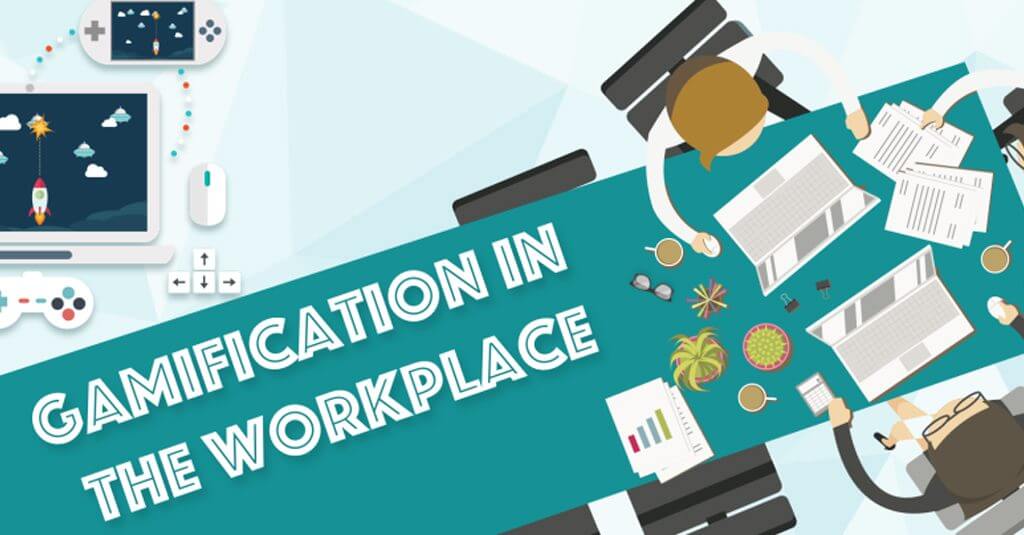Gamification is the process of integrating varied gaming elements in e-courseware to enhance learner engagement and attain organizational goals.
When it comes to classroom-based learning environment, instructors embed games within the course content, as a lucrative way of engaging more learners and increasing engagement. Gamified learning implemented with e-learning approach is a new method, which is still explored. Gamification is defined as the implementation of game mechanics (points, leaderboards and narratives) for non-gaming applications. Incorporating games is used to transform the overall training experience to deliver fruitful outcomes with good grades and improved participation.
Significance of Gamification for Workplace Training
The integration of game elements into workplace learning requires inclusion of activities and exercises with the game design. By using gamification, learners are encouraged to participate more and improve their learning behavioral patterns. Games help participants feel motivated and have ability to solve challenges.
Gamification makes online course more understandable for learners, providing them with an efficient learning platform for their innovative thoughts to bounce around. Games help triggering live discussions on different learning concepts. The highly adaptable and robust nature of games imply that these can be customized as per the varying needs of learners. For successful learning and development, learner must feel motivated and have the trigger to attain business objectives.
For instance, learners might not be able to align themselves with the e-course, but because of social reputation, they are more conscious about their scores and grades, leading to increased participation in the e-learning program. Ability is a crucial factor that affects the occurrence of a behavior. This means, even if the learner is motivated, a behavior cannot occur if that person does not have the ability. Also, motivation leads to enhanced chances for learners to complete a given task within the set timeframes. So, when learners have both ability and motivation, triggers work as a reminder.
Benefits of Game Elements
Game elements are integrated, in addition to the learning content, to enhance engagement for all types of learners.
Edit personal profile – It is also known as avatar and learners can change their details and customize as per their preferences. Learners from the same group can have same avatars and access notifications, news feeds and other updates with ease.
Instant feedbacks – Learners receive feedbacks during the course and can track their progress through progression bars.
Course is chunked – As per the cascading information principle, e-courseware is divided into bite-sized content, providing links for in-depth information (links and graphics). By doing exercises, learners earn points and go to the next level, which is a valuable achievement.
- The system also supports simulations to the classroom-based training environment, which is crucial to boost the confidence in learners. Reports are also generated and shared with learners on regular intervals.
- Bonus and reward points are given to participants when reaching to the next level, thereby encouraging them to learn more.
- E-courses have the ability to create timely physical or virtual appointments, schedules and deadlines to motivate learners enroll for the course again and again.
- Badges are offered to highlight learners’ achievements, their behavior and social engagement such as solving queries of peers, commenting, discussing and adding value to the entire application.
- Those badges are then converted into goodies or discounts. This encourages learners to engage more and earn points and avail benefits.
While moving further with the course, learners are acknowledged about the next step so they know what to expect. Finding out how learners can feel motivated about learning something new, rather than chastised for not knowing about it, is a crucial area that needs to be addressed, and certainly gamification can lead the way. The implementation of game-based learning for workplace training helps to increase learners’ interest, business productivity and gradually shift from classroom-based learning environment to self-directed learning and other collaborative online activities.
Reference: Making Gamification Work For Workforce Training: Factors That Make A Difference








